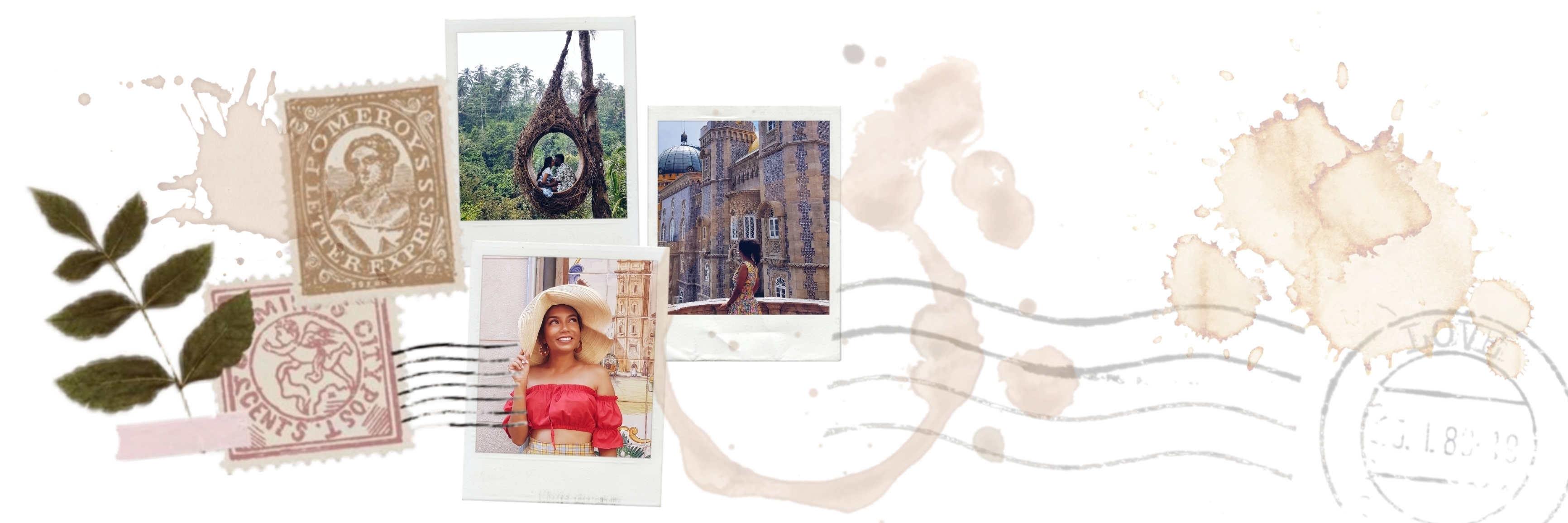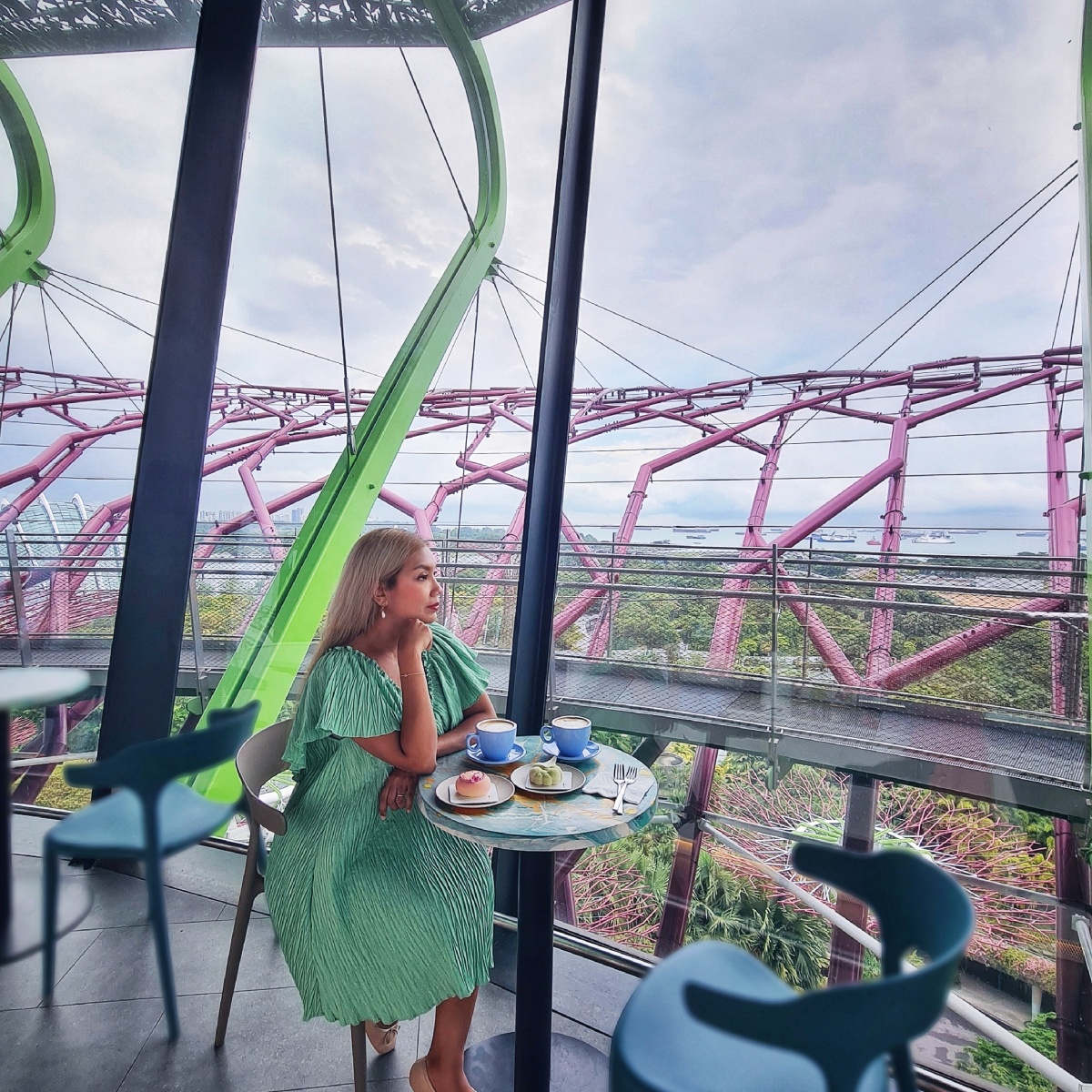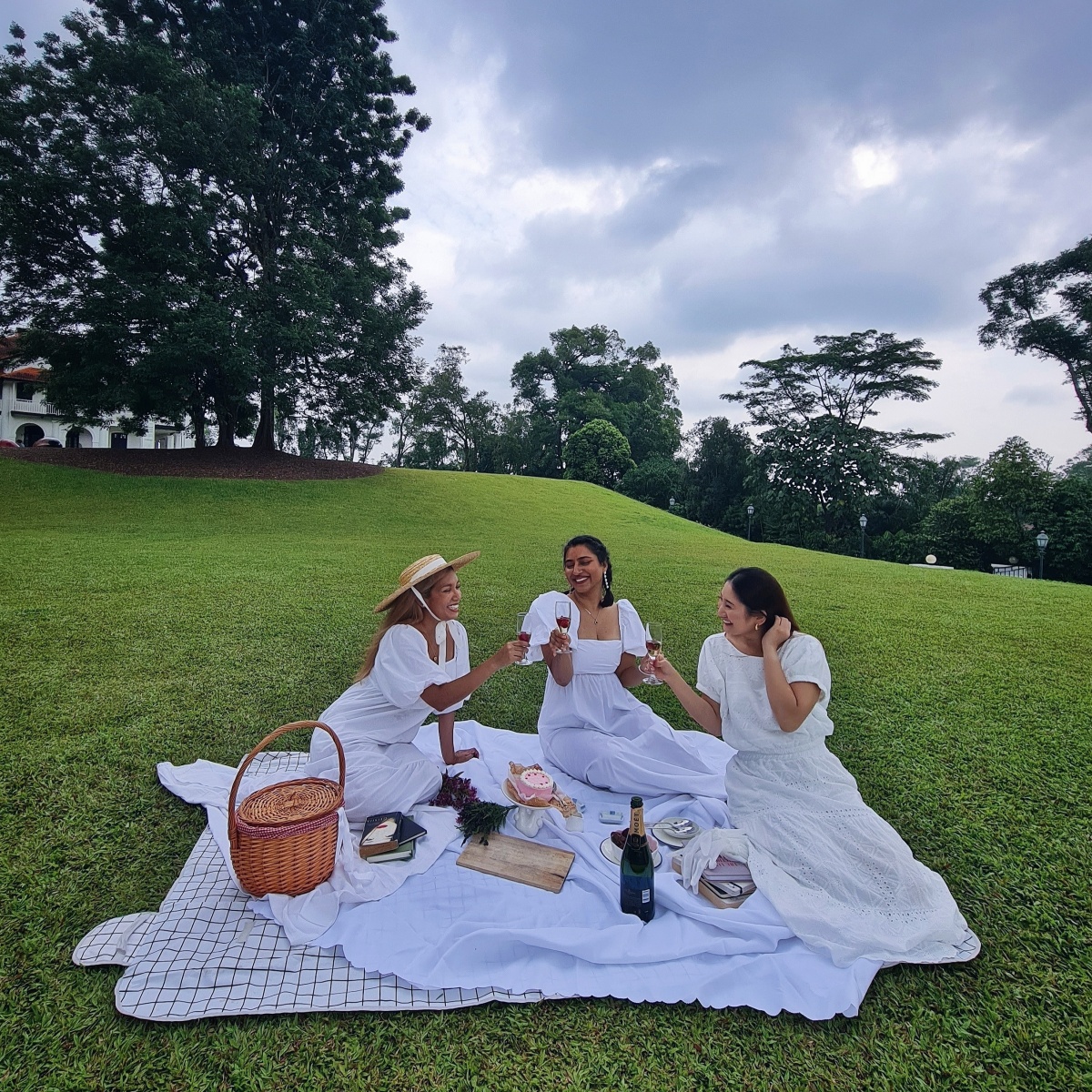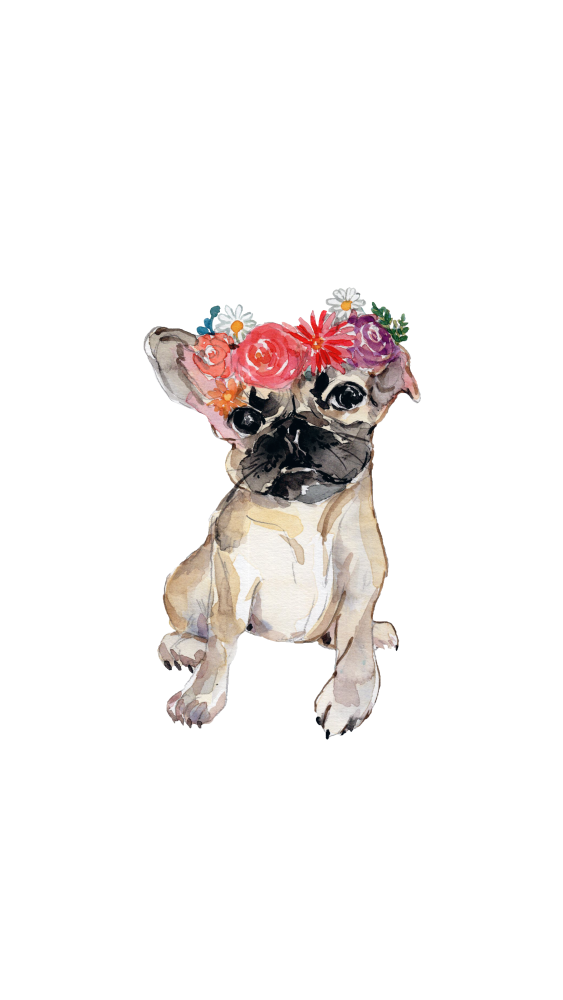
Photo from TripAdvior
The Prado Museum is the cultural jewel of Spain and is a must-visit while in Madrid. It is considered one of the greatest art museums in the world and houses some of the world’s finest collections of European art dating from the 12th century to the early 20th century.
The collection currently comprises around 8,200 drawings, 7,600 paintings, 4,800 prints, and 1,000 sculptures in addition to many other works of art and historic documents. As of 2012, the museum displayed about 1,300 works in the main buildings, while around 3,100 works were on temporary loan to various museums and official institutions.
The Prado Museum was included in the UNESCO World Heritage list in 2021.

Major throwback of myself right before entering The Prado Museum with my guide book that I purchased with my online ticket back in 2018. This entry will be based on my personal experience and information on each paintings featured in this post are mostly taken from this official guide book – The Prado Guide.
Take note that art is subjective and what I love may not be to your taste and vice versa. There are many more pieces that I wish to add to this list but it is hard to source for the pictures of these artwork and it took me a while to finally curate this post. Featured are the work of some of history’s greatest artists such as Francisco Goya, Hieronymus Bosch and Diego Velázquez whose statue is located at the Velázquez entrance.
Quote LOVEBELLA5OFF for 5% OFF with SGD $50 min. spend.


The Garden of Earthly Delights

HIERONYMUS BOSCH
1500-05, Oil on Panel, P2823
The Garden of Earthly Delights is the modern title given to a triptych oil painting on oak panel painted by the early Netherlandish master Hieronymus Bosch around 1500s when Bosch was between 40 and 60 years old. As little is known of Bosch’s life or intentions, interpretations of his intent range from an admonition of worldly fleshy indulgence, to a dire warning on the perils of life’s temptations, to an evocation of ultimate sexual joy. The intricacy of its symbolism, particularly that of the central panel, has led to a wide range of scholarly interpretations over the centuries. Twentieth-century art historians are divided as to whether the triptych’s central panel is a moral warning or a panorama of paradise lost.
Bosch painted three large triptychs that can be read from left to right and in which each panel was essential to the meaning of the whole. Each of these three works presents distinct yet linked themes addressing history and faith. Triptychs from this period were generally intended to be read sequentially, the left and right panels often portraying Eden and the Last Judgment respectively, while the main subject was contained in the centre piece. It is not known whether The Garden was intended as an altarpiece but the general view is that the extreme subject matter of the inner centre and right panels make it unlikely that it was intended to function in a church or monastery but was instead commissioned by a patron.
The is subject on The Garden of Earthly Delights is a very complexed one and there are many articles available that explains the painting in detail.
Find more: Decoding Bosch’s Wild, Whimsical “Garden of Earthly Delights”
The Last Supper

JUAN DE JUANES
c. 1562, Oil on Panel, P846
The Last Supper was the central panel of the predella from the high altar of San Esteban in Valencia. The composition of this panel is inspired by Leonardo’s The Last Supper but Juanes represents Christ raising the Host at the moment of its consecration, a scene which is very common in the Spanish iconographic tradition. The influence of Raphael can be clearly seen in the expressiveness if the apostles. On the table, the painter shows the chalice preserved in Valencia Cathedral said by legend to be the Holy Grail, the vessel used by Christ at The Last Supper.
Mary Tudor, Queen of England

ANTHONIS MOR
1554, Oil on Panel, P2108
Mary Tudor, daughter of Henry VIII and Catherine of Aragon, received an excellent education but the complications arising from her father’s various marriages kept her away from the throne until her step brother, the boy King Edward VI died. After her coronation she returned to Catholicism and implemented harsh anti Protestant policies that earned her the nickname “Bloody Mary”.
Mary remained a spinster until age 37 and was arranged to marry the future Prince Phillip II in 1554. That year, Anthonis Mor travelled to London on the emperor’s instructions to paint this portrait. She bears a rose, the royal emblem of the Tudors. On a chain around her neck is the jewel that was a gift from her husband.
Philip II

SOFONISBA ANGUISSOLA
1573, Oil on Canvas, P1036
The relationship between Italian artists and Spanish monarchs was not limited to Titian’s long association with Charles V and Philip II. Some artists entered the service of the royal family, such as Sofonisba Anguissola, who arrived in Spain in 1560 as lady-in-waiting to Elizabeth of Valois and embarked on an important career as a portraitist.
The artist has modified a portrait of Phillip II of around 1565 possibly with the intention of making it a pair with one of Anne of Austria, the King’s forth wife. She gave the monarch a more elegant pose and plainer garments but left the face as it was in the earlier portrait to disguise the twenty-two years difference between the king and his wife.
The Three Graces

PETER PAUL RUBENS
1630-35 Oil on Panel, P1670
According to Hesiod’s Theogony, there were three graces – Aglaia, radiant; Euphrosyne, joyful; and Thalia, flowering. Born of Zeus’s love affairs, they were pure virgins who lived with the gods. They were in service to Aphrodite, the goddess of love and were never bored.
Although the figures are inspired by classical sculptures, the movements are common features on the artist’s later works which are steeped in sensuality that is usually attributed to the happiness in his second marriage. The figure on the left is directly inspired by his wife, Helena Fourment. The work remained in the painter’s possession until his death and was acquired shortly afterwards for Philip IV’s collection.
Las Meninas

DIEGO VELAZQUEZ
1656, Oil on Canvas, P1174
Las Meninas is undoubtedly the best known painting in the Museo del Prado and Velázquez’s most famous work. In the Alcazar in Madrid, we see the Infanta Margarita flanked by two maids of honour, meninas. One is Maria Agustina Sarmiento who offers the infanta water in a small ceramic jug and the other is Isabel de Velasco. To the left, a little forward, is Mari Barbola and a mastiff that is being teased by another little person, Nicolasito Pertusato. Behind slightly in shadow are an unidentified male attendant and Marcela de Ulloa. On the other side of the composition is Velázquez himself. At the back of the room, we see Jose Nieto, the royal chamberlain, silhouetted against the light in the open doorway and a mirror in which the King and Queen are reflected.
The centrality of the infanta and the reflection of the King and Queen in the mirror appear to point to a political and dynastic significance. The appearance of Velázquez in the same environment bearing the cross of the Order of Santiago show attributes of his social status.
Eugenia Martinez Vallejo, Clothed

JUAN CARRENO DE MIRANDA
c. 1680 Oil on Canvas, P646
Charles II commissioned his royal painter to make two portraits of this girl, Eugenia Martinez, who weighed 70 kilos at only 6 years old and caused a sensation when she was taken to be admired at court. This portrait shows her in a dress of rich red brocade with silver buttons with warm colours. Her expression shows her annoyance and suspicion.
The Naked Maja

FRANCISCO DE GOYA
Before 1800, Oil on Canvas, P742
This was Goya’s only female nude at a time when the genre was banned by the Inquisition. The painting hung in a restricted room of Godoy’s palace. Godoy was a staunch patron of Goya’s since 1795. Few female nudes have given rise to so much literature as this one, largely owing to the romantic legend surrounding the model’s identity. For a time she was thought to be the Duchess of Alba. Pepita Tudo, Godoy’s lover, has also been proposed. Goya’s intention, according to his son Javier, was to represent Venus.

Painted later than The Naked Maja, this Maja appears for the first time in the January 1808 inventory of Godoy’s confiscated goods. Like the dress, the little jacket with ornamental tassels and pink sash was typical of the Madrid Majas of the time. In 1815, the Inquisition called on Goya to reveal the name of the person for whom he painted the pictures and his motives for doing so but the artist’s reply is not on record. After the confiscation, the Majas were deposited at the Real Academia de San Fernando, although only the clothed one was exhibited. They entered the Museo del Prado in 1901.
The Family of Charles IV

FRANCISCO DE GOYA
1800, Oil on Canvas, P726
This portrait, a crown commission, shows the members of the royal family in an austere hall. In the centre, Queen Maria Luisa’s arm is around her daughter, Infanta Maria Isabel while her hands holds that of her youngest child, little Infante Don Francisco de Paula, who forms a loving link between her and the King, Charles IV. On the left foreground is his son and heir, Prince Ferdinand whose brother is, Infante Carlos Maria Isidro stands behind him. On the right are the Duke & Duchess of Parma, Luis de Borbon and his wife, Infanta Maria Luisa holding their son Luis, the King & Queen’s grandchild. Behind them are his brother, Infante Antonio Pascual and his wife, Infanta Maria Amalia, by then already dead. On the left, right at the back is the King’s sister, Infanta Maria Josefa.
Of special interest is the female figure beside Prince Ferdinand, who is looking at the picture in the background. Goya meant her to represent the fiancé of the heir to the throne who have not yet been chosen from among the European princesses.
Finally, the painter portrays himself at the back on the left looking out at the viewer from the shadows.
Saturn

FRANCISCO DE GOYA
1820-23, Oil on Wall transferred to Canvas, P763
This painting depicts the Greek myth of the Titan Cronus (known as Saturn in Roman mythology), eating one of his offspring after Gaea foretold a prophecy fearing that he would be overthrown by one of his children and ate each one upon their birth.
It was one of Goya’s series of black paintings that he painted directly on the walls of his house sometime between 1819 and 1823 when he was seriously ill shortly after moving to La Quinta del Sordo (The House of the Deaf Man), a country house with farmland on the outskirts of Madrid. X-ray studies revealed that the walls were originally painted with landscapes of the villa with gentler compositions but was later painted over with dark enigmatic compositions themed around evil, terror, ignorance and death. It was transferred to canvas after Goya’s death and is now in Museo del Prado.
*All photos on this list are sourced through Google Images.

Join the list!
Subscribe for the latest exclusive updates delivered to your inbox.

Things to Note
- Free entry is from 6PM to 8PM on Mondays to Saturdays and 5PM to 7PM om Sundays and holidays. Do take note that it will be crowded and it does not guarantee entry.
- Photography is strictly prohibited in the museum.
- It is advisable to get online tickets however, if you prefer to purchase your tickets there, take note that you can only buy them at the Goya Gates in the Plaza de Goya although there are 5 entrances accessible to online ticket purchase. The Murillo Entrance is only for Tour Groups and you may get turned away.
- Get Skip the Line Guided Tour tickets via WorldRoamer.
- The Prado Museum is MASSIVE so you will need at least half a day to find some of your favourite pieces and even so, you can’t cover everything in a day if you are a art/museum/history enthusiast. You need at least 2 days to cover everything.
- Download this Prado Museum Map or you can collect a free physical brochure from the front desk to get around the museum.
- There are clear explanations next to each artwork so you may not need a guide book or guided tour if you would like to take your time.
- There is a cafe located inside the museum for your uninterested/cranky travel companions to sit and have cake or when you feel like having a snack in the middle of your tour.
Admission Charges
General
Adults: €15
+ Guide Book: €24
Guided Tour
Adult: €32
Audio Guide: €4
Skip the Line: from SGD$58.59
Compare Prices:
Address:
Museo Nacional del Prado, C. de Ruiz de Alarcón, 23, Madrid 28014, Spain
Tel: +34 913 30 28 00
Opening Hours:
10:00 – 20:00 (Mon – Sat)
10:00 – 19:00 (Sun, PH)

Travelogue
Looking for travel tips and inspirations? Here is a collection of the places I’ve travelled to, experiences, reviews, itineraries and more.

Pin This:
Reference:
Museo del Prado
WorldRoamer
























